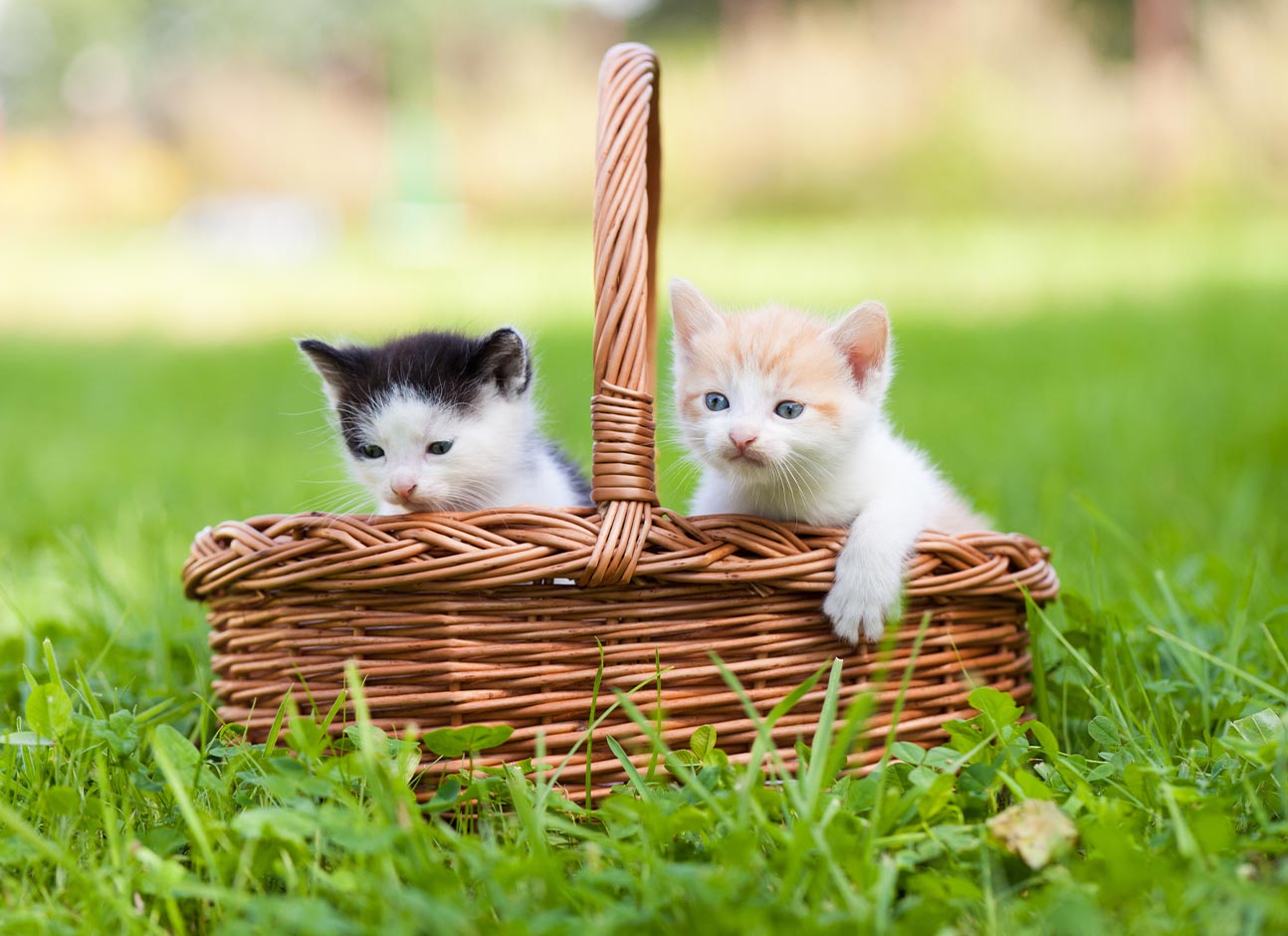Before deciding to breed purebred cats, consider whether you can dedicate a significant amount of time to managing a house full of felines. After all, it’s not an easy task.
CRUCIAL CONSIDERATIONS
When selecting a mate for your cat, be sure to learn everything about their pedigree from the owner. Inquire about the color of the potential kittens by asking about the offspring colors from previous matings involving your chosen partner. This information will help you predict the future color of kittens from your cat. For instance, the kittens may have simple markings, but two partners with such markings could produce offspring with blue markings if their pedigree includes blue markings.
Breeders typically choose mates from among show winners or cats with similar pedigrees. However, not every cat participates in such events or possesses the same traits as exhibition winners. The inherent traits of these cats play a significant role in the offspring’s future. These traits provide insight into their characteristic features and health information.
CLEANLINESS AND HEALTH
The most crucial factor, based on pedigree information, is to find a healthy mate with no health issues in their lineage. Ensure both your cat and the prospective partner have received proper vaccinations.
It’s essential to visit the potential mate’s home to evaluate the conditions in which they live. Generally, a separate area is designated for mating purposes. Inspect the cleanliness of their sleeping area, litter box, and overall environment. Keep in mind that even in clean conditions, litter boxes might still have a slight odor.
Ensure the designated area for the cats is warm, spacious, comfortable, and free of drafts. Inquire whether the owners will be present during the mating process and verify that both cats display no aggression toward one another. Also, make sure the owners can confirm the mating has occurred.
ADJUSTING TO A NEW ENVIRONMENT
During estrus, female cats often cry out for a mate. However, once introduced to a male cat, there’s a chance estrus may stop due to the stress of being in a new environment. Avoid immediately bringing the cats together, and instead place them in adjacent enclosures. Initially, the female cat may hiss and show aggression. If she has not stopped estrus, she will eventually relax and begin to attract the male cat’s attention. At this point, the owners can introduce the cats to each other. If the female cat remains aggressive, it’s best to take her home and try again later.
If you transport your cat far from home (e.g., via plane to another city), and estrus stops, you can arrange with the partner’s owner to keep your cat until the next estrus cycle (several weeks).
PARTNER REQUIREMENTS
The owner of your chosen mate should provide a three-generation pedigree. However, if you plan to participate in future shows, request a five-generation pedigree.
Discuss the mating conditions of your cats in advance. Agree on pricing and any special terms, such as if the female cat doesn’t become pregnant or only one kitten is born. Be specific about the kittens’ colors found in the partner’s pedigree, especially if you are interested in a particular outcome.
